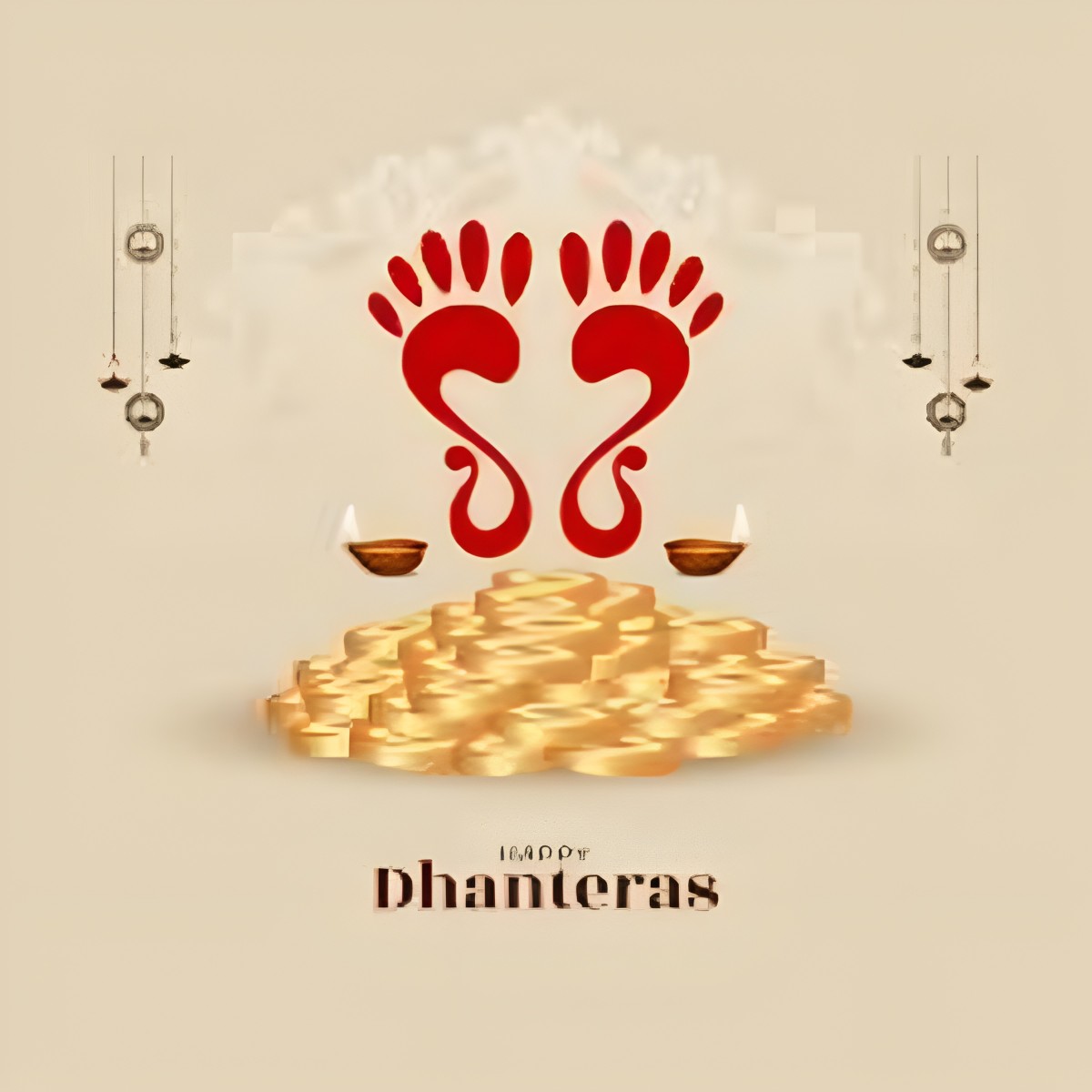Chhath Puja stands as one of the most revered cultural and spiritual festivals in India, especially in the states of Bihar, Uttar Pradesh, Jharkhand, and parts of Nepal. This four-day festival honors the Sun God (Surya) and Chhathi Maiya, celebrating themes of purity, devotion, discipline, and gratitude. What sets Chhath Puja apart is its deep connection with nature, particularly the Sun, and its seamless integration of the physical and spiritual realms. The festival is not just a religious observance; it is a vibrant celebration of nature’s vitality and a reminder of our intrinsic relationship with the Earth and its life-sustaining forces.
Also Read:Cloudburst in Dehradun: What It Reveals About Rising Climate Risks
Origins and History of Chhath Puja
The exact origins of Chhath Puja remain somewhat unclear, but scholars agree that it is one of the oldest festivals in the Indian subcontinent, possibly dating back to the Vedic period. The festival has strong roots in the Mithila region, covering parts of Bihar and Nepal. Ancient Hindu scriptures like the Rigveda mention the worship of Surya, who represents life, energy, and vitality.
Chhath Puja became more widely recognized during the reign of King Raja Shashanka in the 7th century, who formalized the celebration. Some scholars trace the origins of Chhath Puja to rituals honoring Surya, Prithvi (the Earth), and Chhathi Maiya (the Mother Goddess). Over time, the festival spread from Mithila to other parts of India and even Nepal.
The Spiritual Meaning: A Festival of Gratitude and Renewal
At the heart of Chhath Puja is the Sun, symbolizing life, energy, and health. Surya, one of the primary deities in Hinduism, holds the power to heal, protect, and energize. Devotees gather to express their gratitude to the Sun for providing the vital energy that sustains life on Earth. The festival emphasizes cosmic balance—the profound connection between humans and the natural forces that surround us.
Through the rituals, devotees recognize the Sun’s power to purify, heal, and nourish. These practices serve as reminders that life is a precious gift, sustained by the elements of nature. The festival gives people the opportunity to pause and reflect on their connection with the forces that sustain life, helping them find balance in today’s fast-paced world.
Chhath Puja Rituals: A Sacred Connection with Nature
Chhath Puja spans four days, each marked by unique rituals that require devotion, discipline, and physical effort. The core of the rituals involves fasting, bathing, prayer, and offering Arghya (a ritual involving water and fruits) to the Sun. These acts foster a sacred connection between the devotee and nature, underscoring the importance of respect for the life-giving elements of Earth.
Day 1 – Nahay Khay (Purification Day)
On the first day of Chhath Puja, devotees purify themselves by bathing in rivers, ponds, or any natural water source. The day also includes a vegetarian fast, where food is prepared without onion, garlic, or strong spices. After preparing the food, devotees offer it as Prasad to the deity. This purification ritual symbolizes cleansing both the body and the soul, preparing the devotee to receive the blessings of Surya.
Day 2 – Kharna (Breaking the Fast)
On the second day, devotees observe a nirjala vrat (a fast without water). After sunset, they break their fast by offering Prasad, which includes traditional sweets like Thekua, Laddus, Kheer, and fruits. The breaking of the fast marks the beginning of the spiritual journey toward the Sun God, and devotees express their devotion through prayer and song.
Day 3 – Sandhya Arghya (Evening Offering)
On the third day, devotees gather by riverbanks or lakes to offer Arghya to the setting Sun. Standing knee-deep in water, they hold offerings of fruits, flowers, and specially prepared sweets, while chanting prayers and singing devotional songs. This ritual represents gratitude and submission to Surya Devta, and the evening offering becomes an intense act of devotion and reverence.
Day 4 – Usha Arghya (Morning Offering)
The final day of Chhath Puja involves the Usha Arghya—a morning offering where devotees return to the riverbank to offer prayers to the rising Sun. This ritual symbolizes renewal, hope, and the continuation of life. As the Sun rises, it signifies the end of darkness and the triumph of light. Devotees offer their gratitude for a new day, and the day concludes with a communal celebration of food and thanksgiving for the Sun’s blessings.
The Symbolism of Nature: Sun, Earth, and Water
Chhath Puja stands out for its profound reverence for nature’s essential elements: the Sun, the Earth, and water. These elements are not simply seen as divine forces but as life-giving entities that humans must respect and honor.
- The Sun (Surya): Surya takes center stage in Chhath Puja. He is worshipped as the giver of energy, health, and vitality. Surya governs both physical and spiritual energy, making him a key figure in Hindu cosmology. Devotees believe that through their offerings to the Sun, they can purify their souls, attain longevity, and attract prosperity.
- The Earth (Prithvi): The Earth plays an essential role in Chhath Puja. It is celebrated as the foundation of all life—providing sustenance, growth, and shelter. The rituals encourage humility and respect for the Earth, recognizing its vital role in sustaining life. The offerings during the festival symbolize the Earth’s fertility and its nurturing qualities.
- Water (Jal): Water holds an important place in Chhath Puja. Devotees believe water has purifying qualities, cleansing both the body and soul. By immersing themselves in water during rituals, they seek purification and spiritual renewal. Water, as a nurturing force, symbolizes life, and the festival encourages devotees to maintain its sanctity.
Chhath Puja and Environmental Consciousness
In today’s world, where environmental issues continue to grow, Chhath Puja has gained even more significance. The festival encourages a close relationship with nature, prompting devotees to interact respectfully with water bodies, the Sun, and the Earth. The rituals foster appreciation for ecological balance, with an emphasis on keeping rivers and lakes clean. Devotees are urged to avoid polluting these water sources, thus linking the festival to environmental sustainability.
In recent years, many devotees have shifted toward eco-friendly practices during Chhath Puja. They now opt for biodegradable offerings, avoiding plastic and other pollutants. These efforts reflect the festival’s core message of respect for nature and a commitment to sustainability.
Chhath Puja’s Role in Strengthening Community and Family Bonds
Chhath Puja is more than just a spiritual occasion; it also strengthens family and community ties. The festival encourages collective participation, with every family member—regardless of age—engaging in rituals and preparations. Cooking, cleaning, and performing rituals together brings the family closer, making the festival a time of unity.
When devotees gather by rivers or lakes for the Arghya offerings, they form a sense of community. Singing devotional songs, chanting prayers, and performing rituals collectively fosters bonds between families and neighbors. Chhath Puja encourages selflessness, discipline, and collective spirit, all essential traits for building supportive communities.
Chhath Puja and Personal Transformation
For many devotees, Chhath Puja is not just about seeking blessings but also about personal transformation. The physical exertion of fasting, standing in water for hours, and focusing on spiritual dedication leads to inner peace and mental clarity. The festival teaches self-control, devotion, and humility, which contribute to personal growth. Through these practices, individuals experience spiritual renewal and form a deeper connection with themselves and the divine.
Conclusion: A Timeless Celebration of Life
Chhath Puja transcends time, offering a spiritual experience rooted in the worship of the Sun, Earth, and water. It strengthens the bond between humans and the natural world while promoting ecological balance and sustainability. The festival reminds us that our lives are intricately linked with nature. By respecting and honoring the forces that sustain life, we can achieve harmony and peace.
In an era where environmental sustainability is crucial, Chhath Puja offers a timeless lesson: true spirituality is deeply connected to our relationship with the Earth and its elements. The festival celebrates life, vitality, and the forces of nature that sustain us, urging us to live in harmony with the world around us.
Also Read : Nitin Gadkari Major Warning After Operation Sindoor: ‘World War III Could Erupt Anytime











